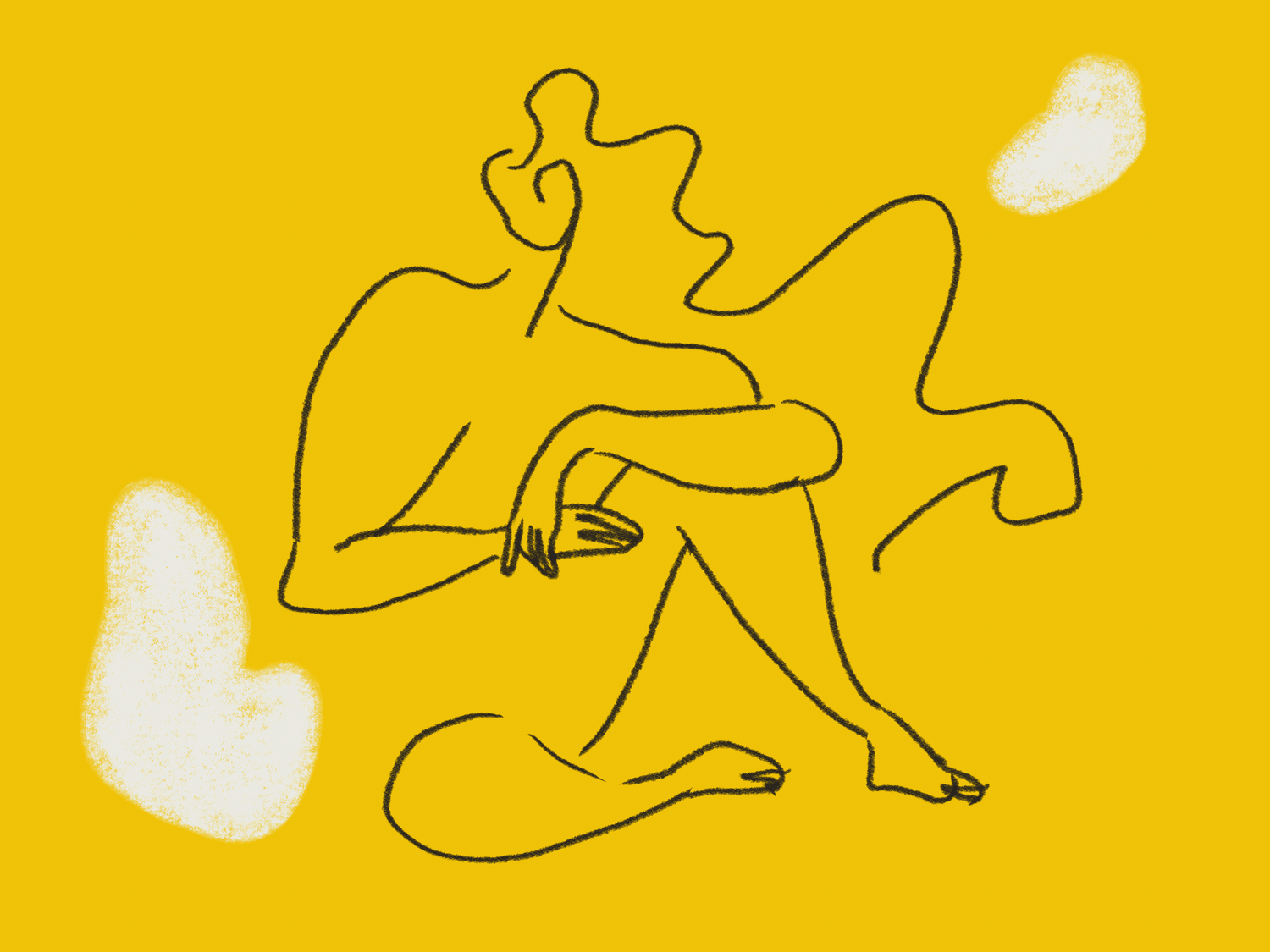At a glance: rituals for the summer solstice |
It’s natural to rejoice when the energy and excitement of summer is upon us between June 19 and June 22. Many cultures have traditionally celebrated this time of year in a festive way, all the way back to ancient civilisations, even if they lacked access to a scientific understanding of the summer solstice.
The summer solstice marks the time of year when our hemisphere receives its maximum amount of sunlight. The English word ‘solstice’ comes from the Latin words sol and sistere, which mean ‘sun’ and ‘standing still’ accordingly. And indeed, the summer solstice is when the sun reaches its farthest point north for the Northern Hemisphere (or the farthest point south for the Southern Hemisphere, which happens in December) and then it seems to stand still for a moment before slowly changing direction on the horizon —turning back to where it came from last winter.
The timing of the solstices may have been one of the earliest astronomical observations in the history of humanity. Ultimately, survival depended on an understanding of the changing seasons to plan out the annual harvest and the summer solstice was (and still is to this day) an important fixture in the cycle. Now more than ever, these solstice-related cultural rituals can remind us how firmly we are connected to the sun and to nature at large.
The flooding of the Nile
Once a year, during the summer solstice, the sun sets squarely between the Cheops and Chephren pyramids. This fascinating sight held an even deeper significance for the ancient Egyptians.
They observed how this phenomenon coincided with the appearance of Sirius, the brightest star in our night sky. Shortly thereafter, the banks of the Nile river would overflow to make the desert land fertile. The ancient Egyptians believed this was because Isis, their revered goddess of fertility, wept tears for her dead husband Osiris, causing the river to flood.
It was therefore on this special occasion that not only Isis was honored, but also that the ancient Egyptian New Year was celebrated as well — and was immediately followed by the sowing of the fields, which would later produce the year’s harvest.
Bright floral wreaths on Kupala Night
In countries like Russia, Belarus, Poland and Ukraine, the summer solstice is known as ‘Ivan Kupala’ or ‘Kupala Night’. The title comes from the Slavic name Ivan, referring to John the Baptist, and kupala, which means ‘to bathe’.
As one can presume from this translation, water also plays a major role that night, as young women traditionally place flower wreaths decorated with burning candles into large bodies of water and, based on the movement of their wreath across the water, they determine their destiny.
It is also said that on this night, the fern blossoms open briefly to release magical powers to anyone who can spot them. In addition, it’s custom for young couples to jump over a fire pit to bring them happiness and good fortune.
Midsummer in Sweden
Of course, we can’t go further without mentioning Midsummer, the second most important festival in Sweden after Christmas. It falls on the Saturday between June 20-26. Those celebrating often don traditional white or floral dresses and wreaths made of flowers and birch twigs, and a large fire is often lit as well
It used to be that unmarried women would pick seven flowers from seven different meadows and place them underneath their pillow that night. Then, they were supposed to dream about their future husband — and they weren't allowed to tell a soul about who they had seen in their dream or else their dream would not come true.
Furthermore, the dew that appeared the morning after used to be collected in a bottle, as people believed it could heal sick people and animals.
Luminous mountains in Austria
The Bergsonnenwend, or so-called ‘mountain solstice’, dates back to the Middle Ages and it’s when townspeople light up the peaks and slopes of the Austrian Alps with bonfires. This is supposed to strengthen the power of the sun and keep harm at bay. The tradition looks slightly different depending on the region:
On the Sonnwend mountains of the Tyrolean Zugspitz Arena, for example, the townspeople create fire motifs and sculptures that shine down from the Alps — a sight that’s earned a spot on UNESCO’s list of Intangible Cultural Heritages of Humanity.
As nighttime falls in the Grainau village near the Zugspitze peaks, the townspeople set the entire Waxenstein ridge ablaze in a bright chain of lights. Some of the fire pits are located along very narrow rocks and ridges; kindling a fire there is considered to be a test of courage among the region’s young men.
Your own ritual to mark the start of summer<
The summer solstice marks the beginning of a long-awaited summer. Yet as we celebrate the longest day of the year, this also means that from now on, the nights will slowly grow longer. Daylight and nighttime are mutually exclusive, with each tugging at the other to fill out the day’s cycle.
That said, we can still look forward to long summer days and mild summer nights for quite some time. The warm temperatures will linger on in a meteorological phenomenon called ‘seasonal lag’ that lasts until we near the winter solstice in December for those of us in the Northern Hemisphere.
Whether it’s the summer solstice itself or the entire season of summer that we look forward to celebrating, this time of year is often full of hope. Or as F. Scott Fitzgerald so beautifully put it in ‘The Great Gatsby’: ‘And so with the sunshine and the great bursts of leaves growing on trees, just as things grow in fast movies, I had that familiar conviction that life was beginning over again with the summer.’

